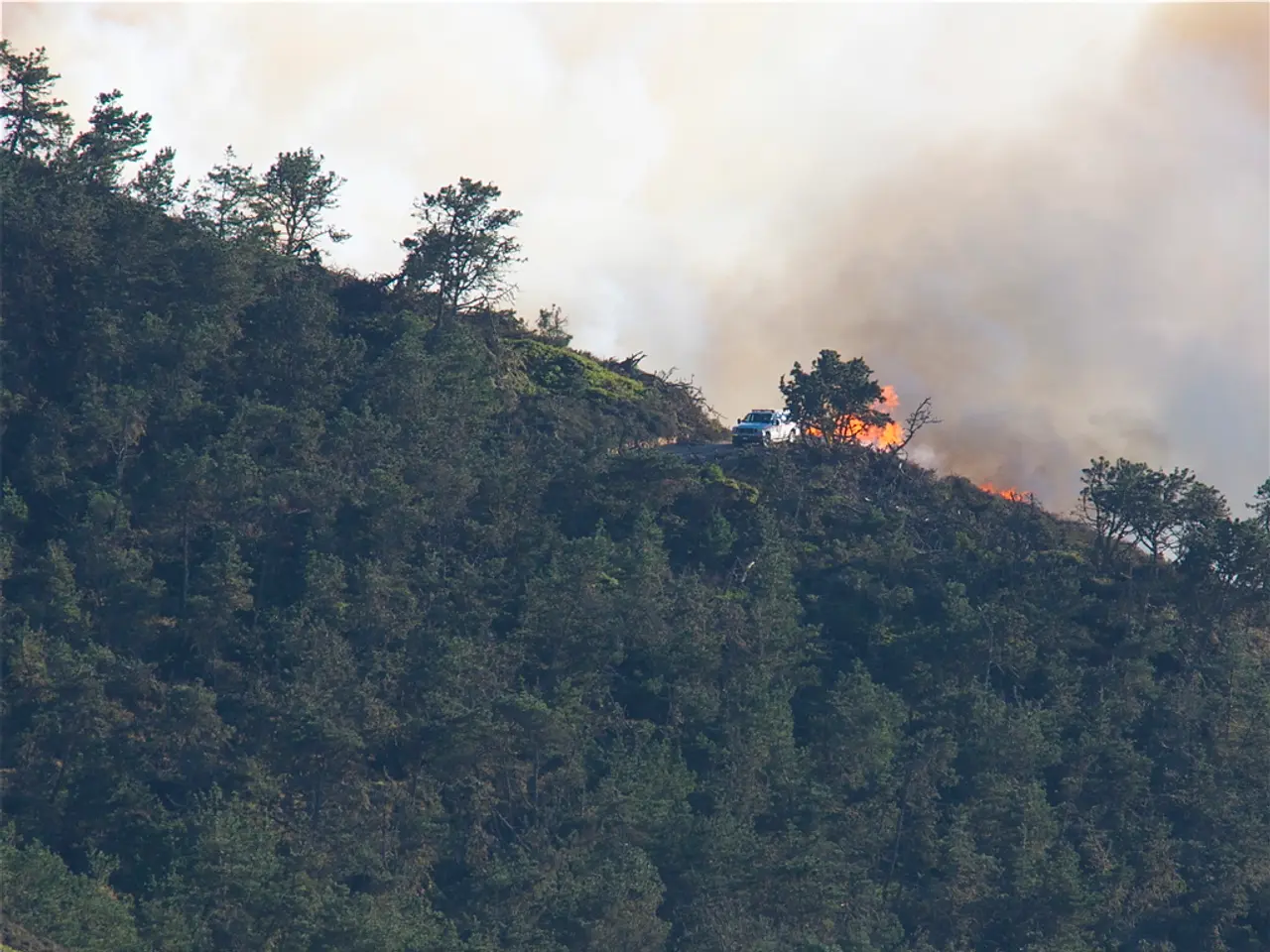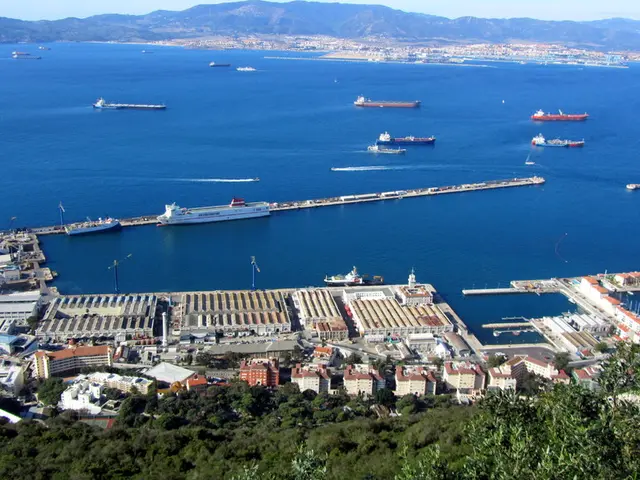Searing parts of Europe are experiencing extreme heatwaves, affecting millions.
Record Heat and Wildfires Sweep Across Europe
Europe is currently grappling with a heatwave and wildfires that are causing widespread concern. Here's a closer look at the factors contributing to these extreme conditions and their impact.
The Causes
The ongoing heatwave and wildfires can be attributed to a combination of climatic factors and the influence of climate change.
- Heat Domes: A persistent high-pressure ridge, known as a "heat dome," has been trapping warm air over southern and central Europe. This has led to extreme daytime temperatures and minimal nighttime cooling, creating conditions known as "tropical nights."
- Prolonged Drought: The lack of rainfall combined with the heat has left many regions in extremely dry conditions. Low humidity levels make it easy for wildfires to start and spread rapidly.
- Climate Change Impact: Europe is warming faster than the global average, with land temperatures rising about 2.3°C above pre-industrial levels. This intensifies heatwaves and contributes significantly to the frequency and severity of wildfires.
The Impact of Climate Change
- Increased Frequency and Severity of Heatwaves: Research indicates that heatwaves are becoming more frequent in Europe. What once occurred every 60 years is now expected to happen every six years.
- Attribution of Heat-Related Deaths: Studies suggest that about 65% of heat-related deaths during the 2025 heatwaves can be attributed to the extra heat caused by human-induced climate change.
- Impact on Wildfires: The increased frequency and severity of heatwaves, combined with drought conditions, create perfect conditions for wildfires to spread rapidly. The rising temperatures and changing weather patterns are generating an environment ripe for wildfires.
The Consequences
- Human Health: The heatwaves are particularly deadly for older adults, who make up nearly 90% of heat-related deaths.
- Environmental Impact: The extensive wildfires are causing significant damage to ecosystems and air quality across Europe.
- Economic and Social Stress: The prolonged heat and wildfires are placing additional stress on power systems, economies, and social structures, affecting human security and well-being.
Current Wildfire Situation
Temperatures in some areas have soared past 40 degrees Celsius (104 Fahrenheit). Wildfires are currently burning in parts of Europe, including Greece, Spain, and France. In Greece, seven major wildfires are currently burning, mostly in the west, forcing multiple evacuations, destroying homes and businesses, and threatening the outskirts of the country's third largest city.
In France, the Aude fire is under control but will not be fully extinguished for weeks, with hot spots at risk of reigniting. Thousands of people have evacuated homes and hotels due to wildfires in Spain. High winds are hindering firefighting efforts on the islands of Zakynthos and Kefalonia in Greece, where authorities are on standby to evacuate tourist resorts.
Efforts to Cope
To help combat the heat, some municipalities in France are offering free or discounted access to public swimming pools. In Portugal, more than 700 firefighters are working to control a fire in the municipality of Trancoso.
Last year was the hottest year on record in Europe and globally. As Europe continues to warm faster than any other continent, it's crucial to address the root causes of these extreme conditions and work towards mitigating their effects.
[1] Lelieveld, J., et al. (2021). European heatwaves: Climate change, air pollution, and health. Environmental Research Letters, 16(7), 074021.
[2] Meteo France. (2022). Heatwave expected to spread to northeast, including Paris region.
[3] IPCC (2018). Global Warming of 1.5°C. Intergovernmental Panel on Climate Change.
[4] EEA (2021). European Environment Agency. State of the Environment Report 2021.
[5] European Forest Fire Information System (EFFIS). (2022). Wildfires currently burning in Europe.
- The ongoing wildfires and unprecedented heat across Europe highlight the significant influence of climate change on national weather patterns and environmental science.
- The rise in general news stories about extreme weather conditions, such as heatwaves and wildfires, underscores the increasing interplay between the business sector, climate change, and science.
- As the frequency and severity of heatwaves and wildfires increase due to climate change, there is growing concern among European cultural communities about the long-term effects on their natural environment.
- Artificial intelligence (AI) has the potential to contribute significantly to the understanding and prediction of climate-change-induced weather patterns, helping mitigate the impact of future heatwaves and wildfires.
- In light of the environmental challenges posed by climate change, it is imperative for policymakers to address the complex interplay between business, climate change, science, culture, and weather, implementing strategies that promote environmental sustainability and climate-resilient communities.








